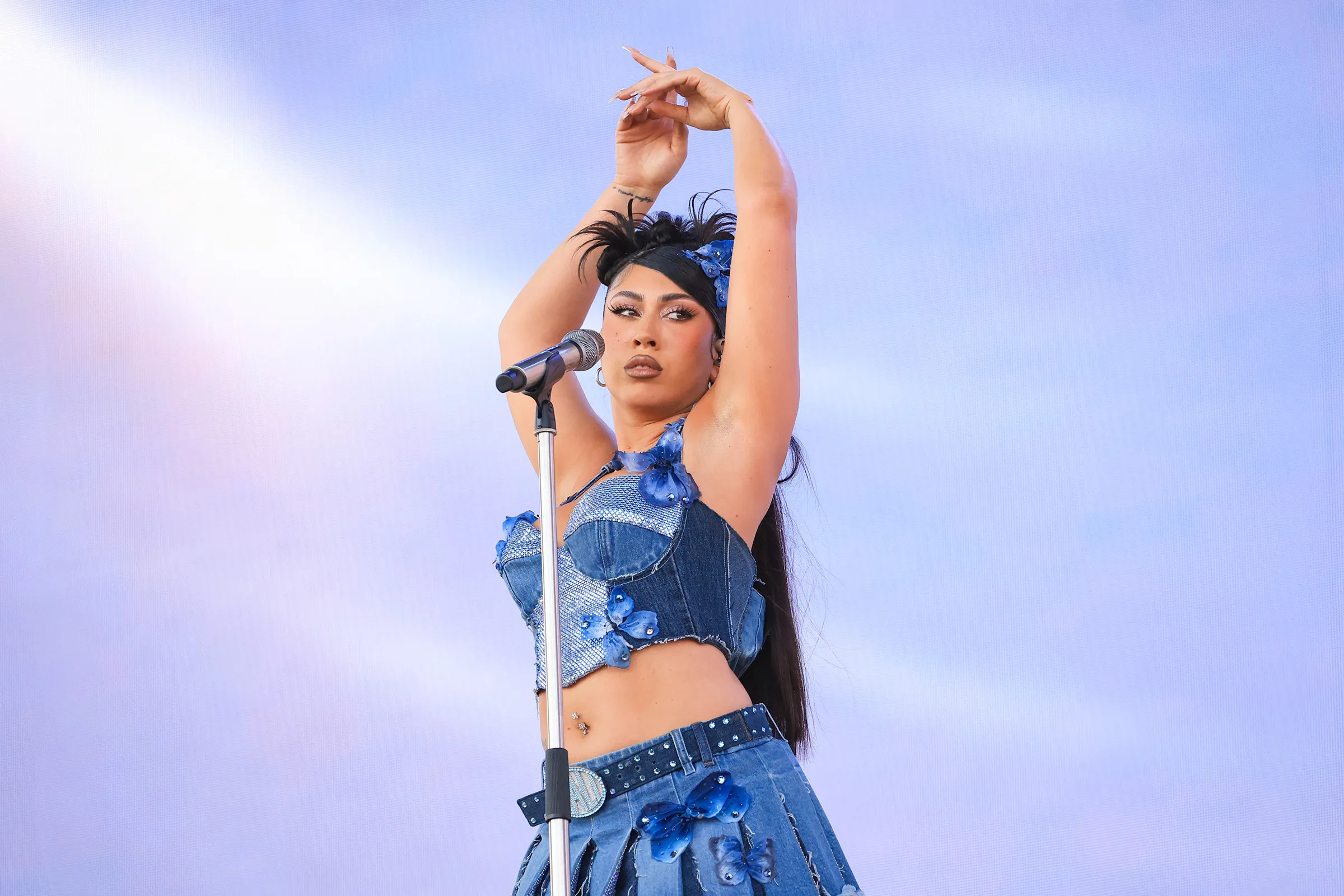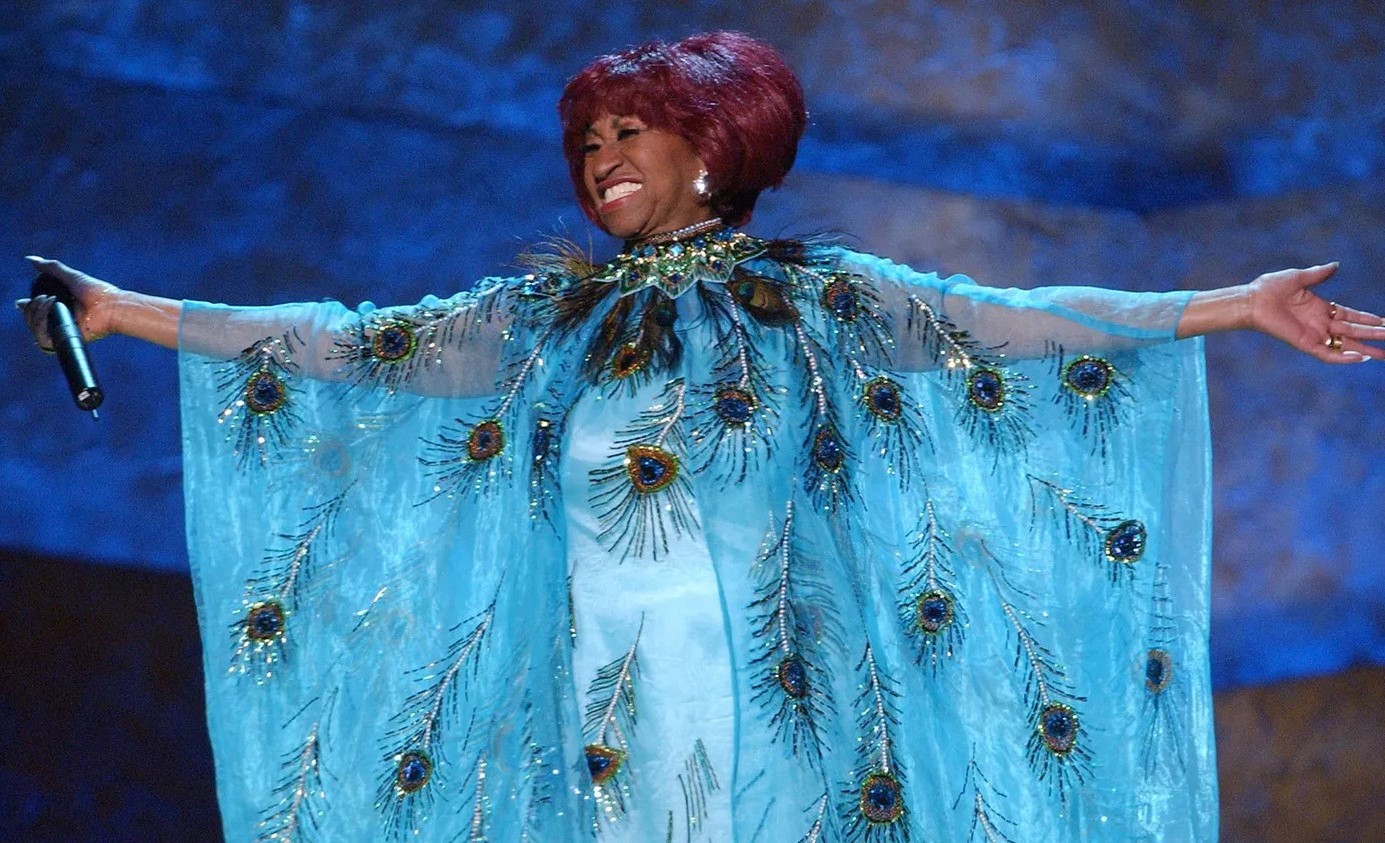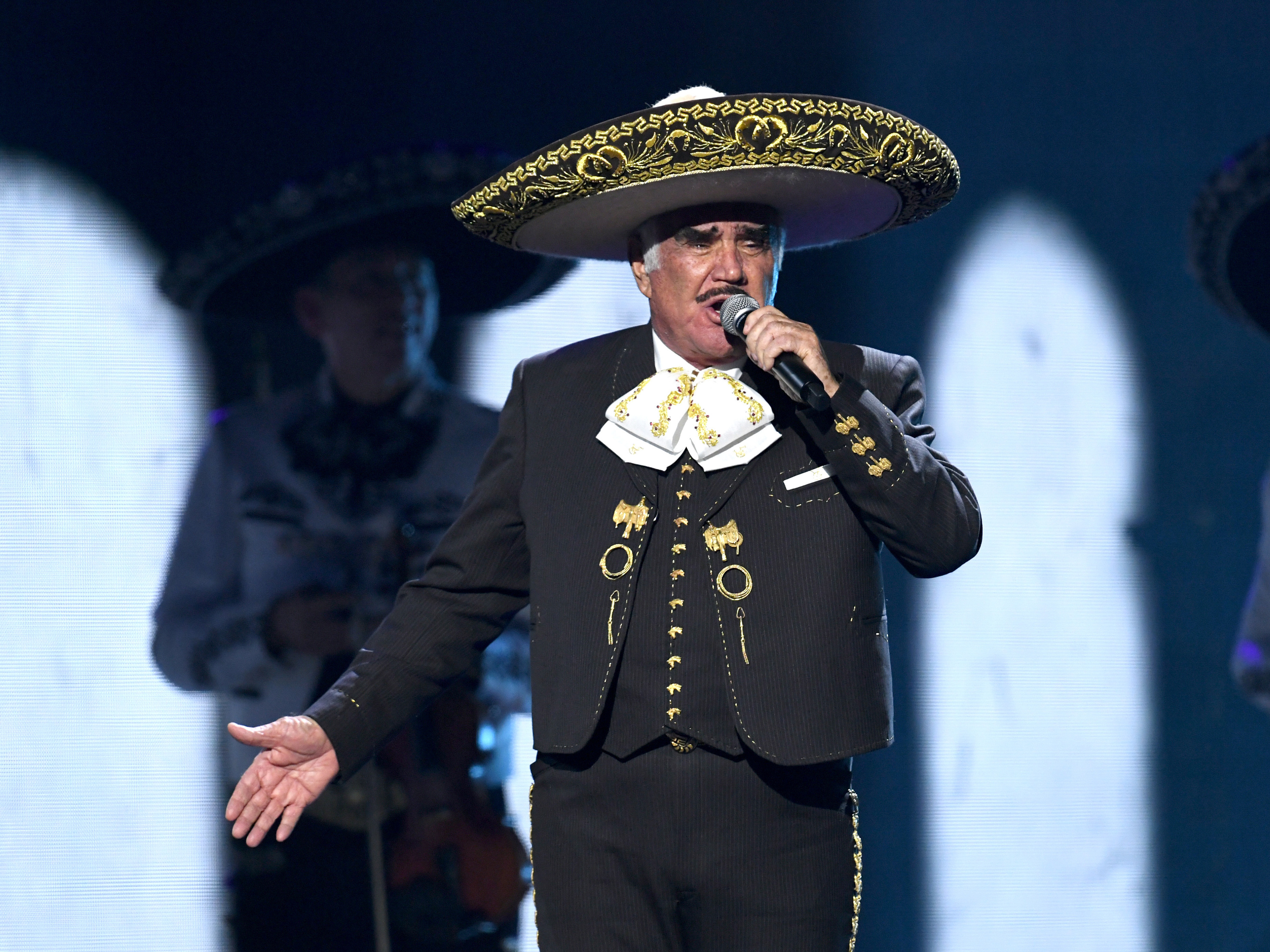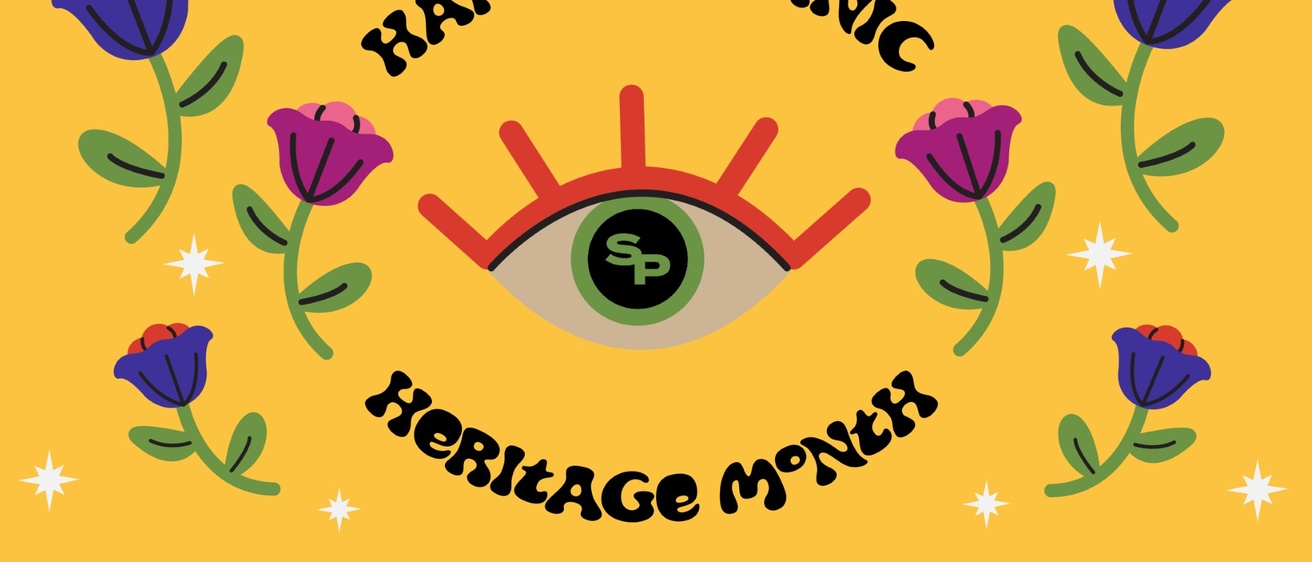To wrap up Hispanic Heritage Month, SCOPE's content committee presents a spotlight on prominent Latino artists, past and present. Join us in recognizing the creativity and cultural significance that resonate within their works.
Kali Uchis

Photo Credit: Getty Images
Born on July 17th, 1994, in Alexandria, Virginia, Kali Uchis, also known as Karly Marina Loaiza, carries her Colombian heritage close to her heart. This connection deeply influences her musical style, a captivating blend of early soul, R&B, hip-hop, and pop, appealing to a wide range of listeners. Her ability to sing in both languages, sometimes intertwining them within her songs and albums, not only expands her music's reach to a global audience but also mirrors her upbringing in a bilingual and cross-cultural environment (NYTimes).
Kali Uchis is a seasoned collaborator, having worked with renowned artists such as Juanes, Gorillaz, Miguel, Tyler the Creator, Daniel Caesar, and many others (Vouge). In 2022, her contribution to "10%" by KAYTRANADA earned her a Grammy for Best Dance Recording, while her 2017 feature on Daniel Caesar's "Get You" garnered her a Grammy nomination for Best R&B Performance (Grammy). This year, she was honored as the Best New Latin Artist. Kali Uchis has made waves at the Billboard Latin Music Awards, earning an impressive 12 nominations in just three years.
Beyond her musical talents, Kali Uchis is a multi-faceted artist. Her interest in visual arts has also led her to self-direct many of her music videos, adding a visual dimension to her music that is as captivating as her sound. Notable videos include collaborations with Snoop Dogg, GoldLink, and Major Lazer, where her artistic vision comes to life (Vouge).
Kali Uchis is a cultural and musical luminary, blending her Colombian heritage, groundbreaking partnerships, and artistic ingenuity to carve a unique path in the industry.
Celia Cruz

Photo Credit: Getty Images
Celia Cruz has left an indelible mark as the undisputed "Queen of Salsa." Her legacy is defined by her vibrant stage presence, meticulously crafted colorful attire and powerful vocal range. Hailing from Havana, Cuba—Cruz began her career on local radio stations before achieving her breakthrough as the lead vocalist of the Afro-Cuban orchestra Sonora Matancera (Smithsonian). Here, she coined her famous interjection “¡Azúcar!” meaning “sugar” in Spanish. This saying had a deeper significance as an Afro-Latina, serving as a tribute to the enslaved Africans who worked on Cuban sugar plantations (NPR).
Cruz emigrated to the United States from Cuba, marking the start of her solo career. Her artistry is tied to salsa music—a rhythmic Afro-Cuban-based genre fusing lively percussion and melodies (History). Her popularity in the United States—along with her collaborations with prominent artists such as Tito Puente, Johnny Pacheco, and the Fania All Stars allowed salsa to reach new audiences—transcending the genre’s borders (Smithsonian).
During her lifetime, Cruz created 188 songs. Her contributions earned her multiple accolades—including twenty-three gold albums, three Grammy Awards, four Latin Grammy Awards, and the President's National Medal of Arts (Smithsonian). In 2016, she was honored at the Grammys with a posthumous Lifetime Achievement Award.
The adoration of Celia Cruz is immeasurable. Her pivotal role within salsa, reggaeton, and rumba and other ventures such as film and fashion attest to her enduring legacy as an icon of Afro-Cuban music and culture.
Vicente Fernández

Photo Credit: Getty Images
Renowned as "El Ídolo" (the idol) and "El Rey" (the king) of ranchera music, Vicente Fernández plays a pivotal role within the tapestry of Mexican artistic culture. Born on February 17, 1940, in Huentitán El Alto, Jalisco, Mexico, Fernandez was introduced to the rich traditions of the ranchera lifestyle at a young age. Inspired by the films of Pedro Infante and other ranchera musicians he heard on the radio, Fernandez began playing the guitar at just eight years old (New York Times).
After winning local music competitions at festivals, which gave him the opportunity to showcase his talent on local television and radio shows like La Calandria musical. Fernandez faced the challenge of balancing his budding music career with various jobs—including working as a waiter, janitor, and street performer (Rolling Stone).
In 1966, Fernandez signed to CBS Records (now Sony Records) (People), solidifying the start of an expansive artistic career. Over the course of his lifetime, Fernandez created over 100 albums and starred in 30 films (People). His career is adorned by four Grammys, nine Latin Grammys, and a star on the Hollywood Walk of Fame.
Vincente Fernandez’s music is a source of solace. His presence was strong, adorned in traditional charro attire—singing about life's significant joys and sorrows, loves and losses (New York Times). His music continues to serve as a cultural signifier, extending across decades and borders.
Karol G

Photo Credit: Live Nation
Coming from the rich musical landscape of Medellín, Colombia, Karol G has emerged to prominence as a powerhouse artist. Her musical style has defied genre boundaries—soulfully combining elements of R&B and rap beats, reggaetón rhythms, and pop hooks (Pitchfork). Karol G’s sound has captivated audiences worldwide. With over 55 million monthly listeners, Karol G reigns as Spotify’s most-streamed Latin female artist (Rolling Stone). Throughout her career, she’s garnered multiple accolades, including a Latin Grammy Award for Best New Artist in 2018 (The Recording Academy). At the American and Latin Billboard Music Awards, Karol G won titles such as Top Latin Female Artist, Top Latin Album, and Latin Song of the Year (Billboard).
Her influence extends far beyond awards. Karol G has always included a feminist twist within her lyrics. In the song “Bichota,” she repurposes the Puerto Rican slang term “bichote” meaning “big shot” or “drug dealer.” Revamping the term to a feminine form allows for the meaning to relate more to empowered women. “For me, the word is like, powerful,” she said “I wanted to create a bichota but the meaning is going to be like a boss bitch, girl, powerful, great, amazing, doing her thing by herself” (NBC).
Karol G’s artistic journey exemplifies ambition and authenticity. In an ever-evolving industry, she stands as a force that continues to shape the global musical landscape.
Carlos Santana

Photo Credit: Associated Press
Known for his seamless blend of rock, jazz, and blues, interwoven with Latin American and African rhythms—Carlos Santana is a pioneer of musical fusion. Music was an early aspect of Santana’s life. His father, a mariachi musician, encouraged him and his siblings to be musically inclined. Santana began playing the violin at age five and the guitar at age eight (The Kennedy Center). Eventually, Santana’s family moved from Jalisco, Mexico to San Francisco, California—where he would create the Santana Blues Band.
The Santana Blues Band's performance at Woodstock in 1969 catapulted the group into stardom. “Soul Sacrifice” etched Santana’s style of guitar-playing, becoming an international hit (The Kennedy Center). Santana’s musical influences drew from diverse sources, including jazz legends like Miles Davis to Hungarian guitarist Gábor Szabó. The multicultural amalgamation is the essence of what has come to be known as “Santana Sound” (Rolling Stone).
In 2000, Carlos Santana won eight Grammy Awards for his album Supernatural—a feat that had only been previously done by Michael Jackson in 1984 (Rolling Stone). This included Best Rock Vocal Performance for “Maria Maria,” Best Rock Album, Record of The Year, and Album of The Year. With over 30 million copies sold, Supernatural is the best-selling album by a Hispanic artist (Guinness).
Carlos Santana’s impact on musical fusion cements his timelessness, exciting generations for decades. Santana once shared with the Kennedy Center, "It's the spirit that gives you vision, imagination and creativity,” he continued, "I have a passion for music that resonates from the human soul. (The Kennedy Center).
Information gathered from:
Billboard
The Kennedy Center
National Broadcasting Company
National Public Radio
New York Times
Pitchfork
People
The Recording Academy
Rolling Stone
Smithsonian
Vogue
